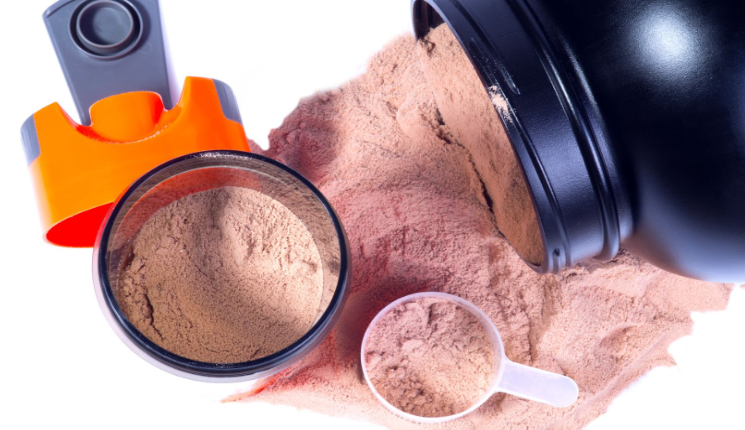What is whey protein and how does it work?
Whey protein is a power that many people mix into their smoothies or shakes for extra protein. But what does it do and why do people love it so much? Whey protein is used by many people because it is the fastest way to get your daily intake of protein. It is high in protein per serving, lower in fat and carbs, has high levels of BCAAs and is packed full of amino acids. It also has a very fast absorbency rate, which means your body takes it in faster and can use the protein faster to help with muscle recovery and growth. Here at The Markham Gym, our team of professionals can help you with any questions or concerns you may have about whey protein or any other supplements.
What is whey protein made of?
You may be wondering “what is this powder made from?”, and actually, it’s a pretty cool process of how it’s made. Whey comes from and and the byproducts from the cheese making process, it is basically the liquid from the cheese that is pure protein. When you turn milk into cheese, enzymes are added to the milk liquid. This causes the liquid to separate into both liquid and curds, the liquid being the leftover protein. The protein liquid then turns into whey, then is filtered through, and lastly dehydrated, giving you protein powder. That being said, there are many different types of whey, such as whey protein isolate, whey protein concentrate, and whey protein hydrolysate.
Whey protein concentrate
Our first protein is whey protein concentrate, which is the most basic type of protein. Basic doesn’t necessarily mean it’s bad, but this form can have a wide range of purity. Being labeled concentrate can mean having anywhere between 35% to 80% protein by weight. This may cause worry if you are concerned about the amount of protein your body is absorbing. Always make sure you research the protein power you buy to make sure the protein percentage is true. If the label is accurate, whey protein concentrate is definitely a good choice because of its price and value.
Whey protein isolate
The second type of protein is whey protein isolate, which is the purest form of protein. If you see “Whey Protein Isolate” on your jar of protein powder, this means that the protein must be at least 90% protein by weight. Some people prefer this type of protein because they know it’s been verified and they probably want more protein per scoop of powder. A lot of supplement brands tend to put “Pure” on their packaging as a way to intrigue the buyer into thinking that their product is all natural. This is why it is important to always research and read reviews about the whey powder you buy before purchasing, to insure it has the right percentage of protein you want. Whey protein isolate tends to be more soluble, which means that if you mix it into your drink (like a smoothie or shake), it will probably create a “smoother” drink.
Whey protein hydrolysate
Our third form of protein powder is whey protein hydrolysate, which is very different from isolate and concentrate. Hydrolysate protein is a powder that is treated with acids and enzymes to help reduce particle size and destroy quaternary protein structures (basically removing any bioactive immunoglobulins, which help support immune functions). This type of protein is absorbed into the body faster than protein isolate or protein concentrate because there is no gastric digestion needed for protein hydrolysate (meaning that it is digested faster). Hydrolysate also increases muscle protein synthesis (MPS) quicker than any other protein. But, that does not necessarily mean more muscle gain, because muscle gain is measured in how much protein you intake, rather than how fast it is absorbed. This protein powder also may taste a bit bitter because the leucine and amino acids proline are no longer being concentrated, so it will affect your tastebuds differently. Whey protein hydrolysate is also the most expensive form of protein powder.
But, what about soy protein?
Ah yes, we can’t forget about soy protein. Soy protein isn’t actually a variation of whey, but is often compared to whey protein because it’s a form of protein powder. The main fear with soy protein is that there are phytoestrogens in the soy, which can decrease testosterone levels and wont support muscle building. The downsides of soy protein is very low, all soy sold food products or supplements (not including raw soy like edamame) are heat-treated before they are sold,this is done to destroy enzymes in the soy that can prevent the digestion of proteins in your stomach. This form of protein will only have a negative impact if you consume large quantities of it. If you do decide to go down the soy protein route, just consume it as you would any other protein powder and use it correctly. It is a great whey protein alternative when used properly.
Websites used:
https://www.bornfitness.com/what-is-the-difference-between-protein-powders/

